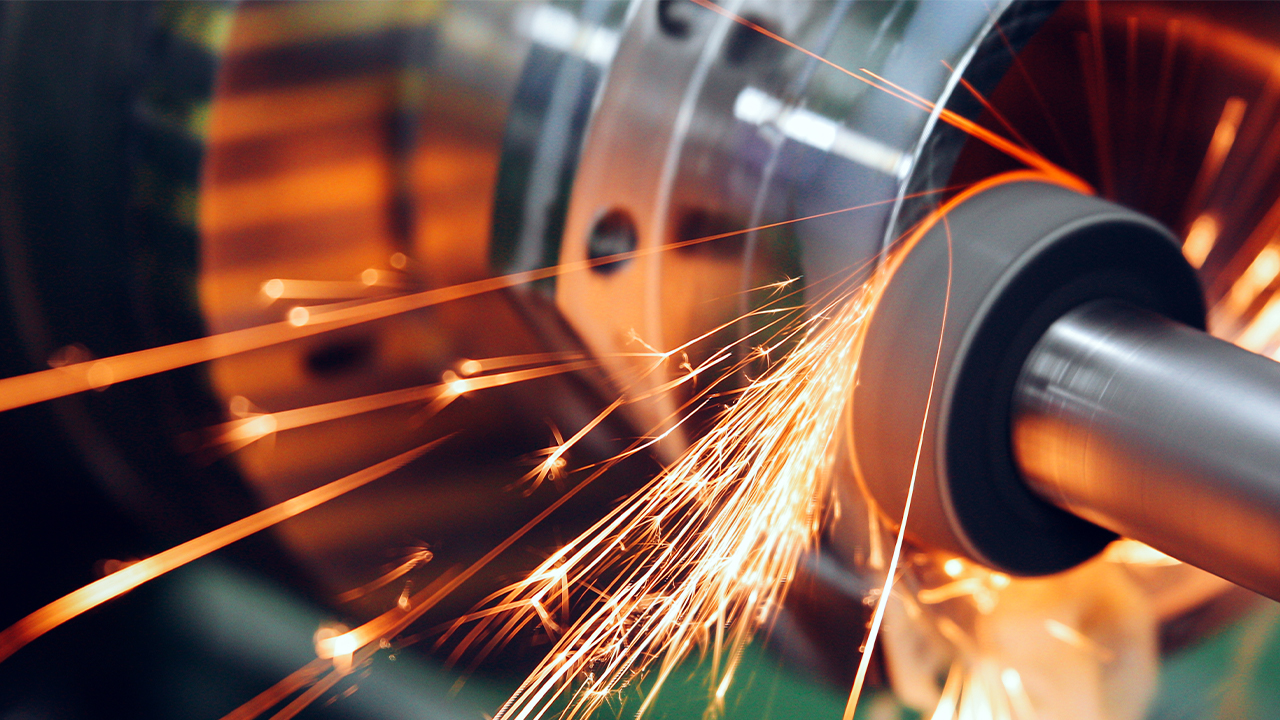Amidst fears of a trade war between China and the U.S., global markets have held their breath. For many weeks, the ASX has see-sawed between the green and the red as the turbulent relationship between two of the world’s largest commodity players has waxed and waned.
Futures remain on tenterhooks even as the U.S. and China agreed on phase one of a long-anticipated trade deal over the weekend. So while the new agreement will eventually see both sides reduce tariffs imposed during a ‘tit-for-tat’ two-year trend, the future of the trade deal remains unclear.
Amongst the uncertainty, however, base metal commodities like nickel, copper and iron ore have bucked recent trends and begun to steadily rise. In this period of growth, large and small-caps alike could benefit from the spike in value.
A tentative first phase
Even though the dust is yet to settle on the trade deal, both sides are set to soften their hostile trading relationship.
Phase one will see the U.S. halve its existing 15 per cent tariff on US$120 billion in Chinese goods, as well as suspend proposed taxes on the import of Chinese consumer electronics.
The East is yet to announce tariff reductions on its own turf, but has promised to buy more American commodities like soybeans and pork. With these commitments, President Trump says China’s agriculture shopping spree could soon amount to US$50 billion every year.
While questions still prevail surrounding the possibility of a future trade war, phase one is an important step towards stability.
Nickel resists trade uncertainty
While this future has seen a steady slump in recent years, forecasters say nickel could enjoy an uptake in spite of trade uncertainty.
Nickel prices fell to a 13-year low back in February 2016, but have since come back to boast the most lucrative price hike of all industrial metals during 2019’s third quarter.
Although other futures have been heavily influenced by threats of a trade war, nickel’s 27.8 per cent boom in August can be attributed to Indonesia’s early introduction of a nickel export ban, initially slated for 2022.
Once considered the largest nickel ore exporter, Indonesia’s decision to shut off the trade is set to create a supply crunch, putting further pressure on global exporters to step up to the plate as demand soars.
It’s likely that the crunch will heavily impact the East. China is the world’s largest producer of stainless steel and relies heavily on the commodity to create the corrosion-resistant pig iron.
As this pressure increases, the country could look to players like Australia to pick up the slack.
This message hasn’t fallen on deaf ears. In the course of just two short years, mining giant Rio Tinto has gone from turning a blind eye to its nickel assets to prioritising their development in an attempt to beat rising commodity clamour.
Smaller caps like Panoramic have also jumped on the bandwagon. The WA producer brought its Savannah nickel mine out of an extended care and maintenance period in 2019 and is now dedicated to bringing the plant back to its former glory.
Coupled with the future’s necessity as a component in the booming electric vehicle industry, World Bank Group predicts nickel will tack on further gains throughout 2020 and deliver a healthy 4.5 per cent price increase by year’s end.
Copper see-saws on China’s shoulders
Perhaps the most volatile of industrial metals amidst trade war woes is copper. China gobbles up roughly half of all copper produced, utilising the metal in its major manufacturing and construction industries.
Earlier this year, copper prices waned across the global markets following fears of a decrease in China’s uptake if a trade war was to occur. But as leaders inch towards inking the first phase of a more constructive trade deal, the commodity has begun to claw its way back.
In fact, copper enjoyed a seven-month price high just last Thursday, leaping to US$2.79 per pound.
As it stands, Australia creates 13 per cent of the world’s copper resources — second only to Chile, which produces a quarter.
If trade uncertainty continues, Australian producers could become larger copper providers on the global market.
Large caps like Rio and BHP have maintained their stake as major producers. Just last week, Rio invested US$1.5 billion in its Kennecott Copper Project, while small caps like Cyprium raised A$2.3 million to further exploration at the Cue Copper Project.
Whether copper lands in the green or the red next year hangs on China’s shoulders.
U.S. imports of Chinese goods fell 28 per cent in the year to August, so white goods production in the East has plummeted from double-digit growth to flat figures.
If a trade deal is successful in reducing tariffs, it could bump up Chinese production and increase the industrial metal’s value.
Iron Ore hangs in the balance
While iron ore enjoyed substantial gains throughout 2019 (delivering a 32.2 per cent spike over the course of the year), 2020 is expected to bring an 11.8 per cent slump in prices.
The reason for this? Analysts say a softening steel market and oversupply could leave ore trailing its industrial cousins. The problems faced by players like Rio and Vale this year may have knocked out six per cent of the global supply and brought in a price hike, but this setback will create relatively few ripples in the 2020 forecast.
While the short term may not hold great things in store for the versatile future, analysts at Macquarie say the best is yet to come.
“Investor opportunities lie in improved quality segment. In a world of rising environmental pressures, demand for higher quality mill feedstock — high in iron grades, low in impurities — will lift indefinitely, delivered by a strategy shift to ‘value-over-volume’ by the major miners,” Macquarie states.
As tariffs reduce, calls for the commodity at Chinese steel mills could rise and bring about robust production across the East. But as the ambiguity continues, trade uncertainty will continue to put pressure on the Chinese economy and slow production.
Meanwhile, Australian players like Rio and Champion will continue to bolster ore assets and wait out the storm. Recently, the latter completed its refinancing activities and is now the sole owner of the highly prospective Bloom Lake iron ore property. If the market changes, these companies will be well-positioned to respond to growing feedstock demand.
Where to from here?
Macquarie’s Chief Economist Ric Deverell says we can expect further stability in 2020 if trade war fears are assuaged.
“The trade war has been a very big part of the story this year. Partly, it’s been a trade and manufacturing shock … If there is a trade deal, which we expect, that will be a big part of the reason we think that global growth can stabilise and then pick up,” Ric says.








